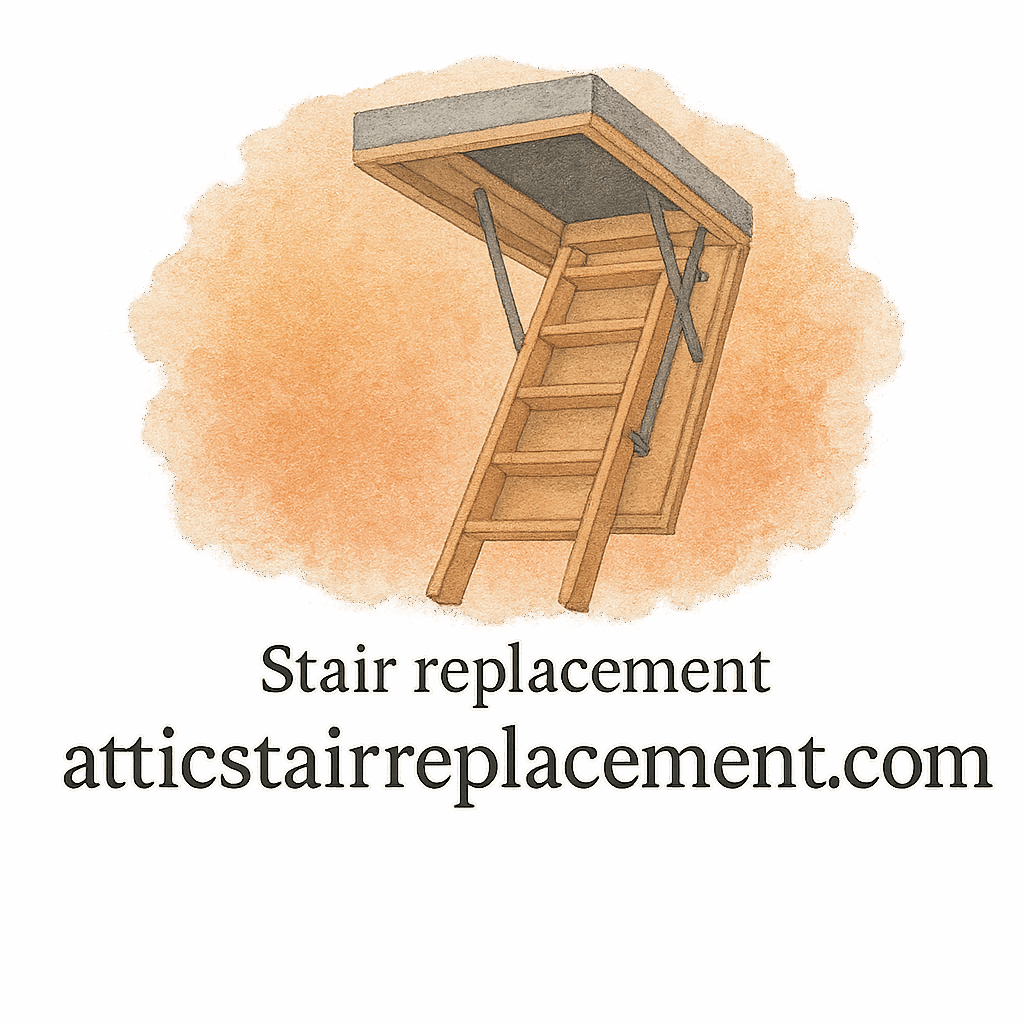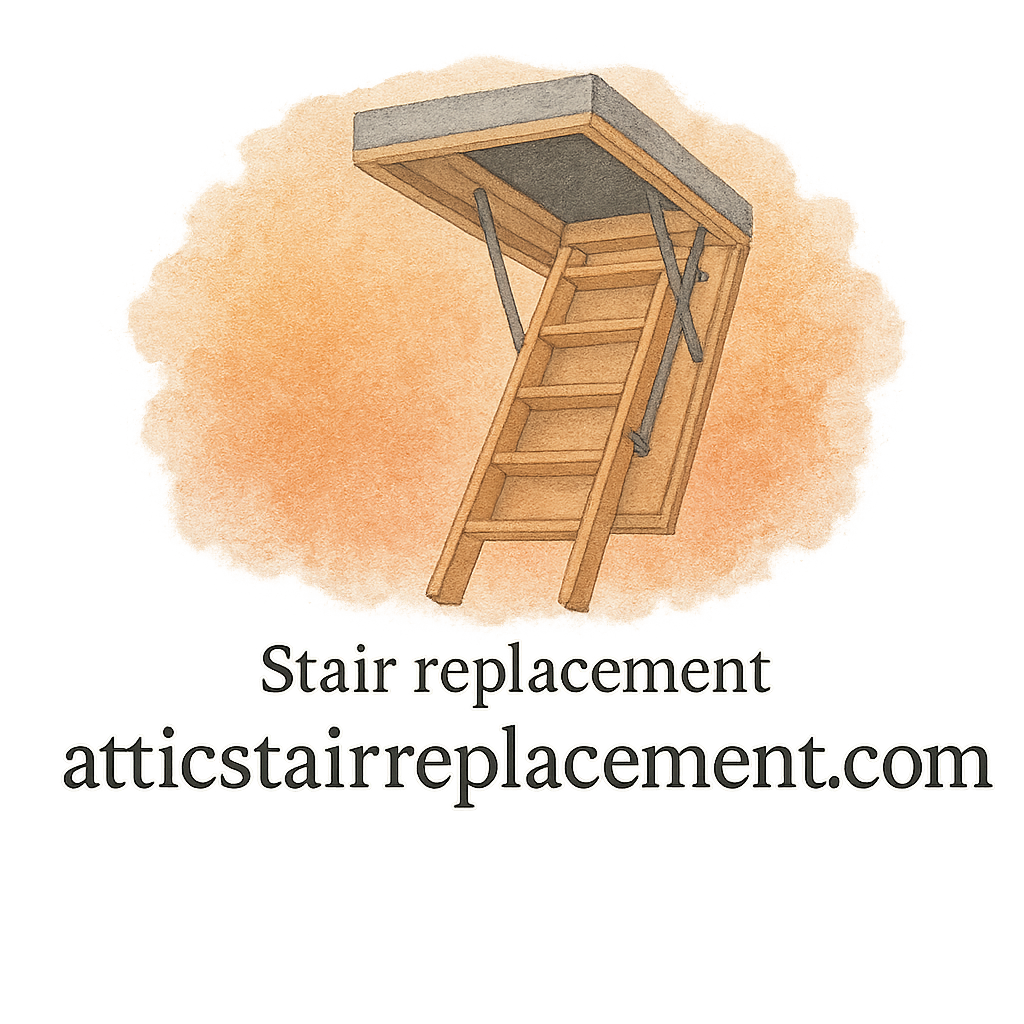Introduction
So, you’re thinking about replacing those squeaky old attic stairs? Smart move! But hold up—before you grab your toolkit or call in the pros, you need to know what not to do. Replacing attic stairs seems simple, but plenty of people make costly and even dangerous mistakes that can turn a weekend project into a months-long headache. Let’s walk you through the top 8 mistakes to avoid during attic stair replacement, so you get the job done safely, efficiently, and within budget.
Mistake #1: Choosing the Wrong Stair Type
Why Stair Type Matters
Think all attic stairs are the same? Think again. From telescoping models to folding ladders, there’s a wide range. Choosing the wrong type means it might not support your needs—or even fit your space.
Matching Stair Type with Your Needs
Consider your ceiling height, attic usage, and the weight the stairs will need to hold. For example, heavy-duty aluminum stairs are best for frequent use. For occasional access? A budget-friendly wooden folding ladder may suffice. Check expert advice for picking the right fit.
Mistake #2: Skipping Measurements
Inaccurate Sizing Issues
Guessing your dimensions is a fast track to frustration. Wrong measurements can lead to instability or complete incompatibility.
How to Measure Properly
Use a tape measure to record ceiling height, attic opening dimensions, and floor clearance. Always measure twice. For step-by-step help, visit DIY installation guides.
Mistake #3: Ignoring Safety Features
Importance of Built-In Safety Mechanisms
Some stairs come with handrails, anti-slip treads, and locking hinges. Others… not so much. Skipping these features compromises your safety every time you climb.
Overlooking Load Capacity
Your attic ladder should easily support the weight of the person and items being carried. Never assume—check the specs.
For products that prioritize safety and strength, read these product reviews.

Mistake #4: Attempting Complex DIY Without Experience
When to DIY and When to Hire a Pro
Yes, DIY can save money. But if you’re not confident with tools or structural work, you might install something unstable—or worse, damage your ceiling joists.
Dangers of Incorrect Installation
A poor install can lead to gaps, drafts, or collapse. For some, hiring a qualified contractor ensures peace of mind.
Mistake #5: Choosing Cheap Over Durable
Hidden Costs of Low-Quality Materials
A cheap attic stair might look good initially—but repairs, replacements, or even injuries can cost more in the long run.
Investing in Longevity
Choose a durable model from a reputable brand. Look for warranties and user reviews.
Mistake #6: Neglecting Maintenance After Installation
How to Care for Your Attic Stairs
A little upkeep goes a long way. Lubricate moving parts, check bolts, and clean the steps. Maintenance tips make it easy.
Common Wear and Tear Signs
Squeaky joints, loose springs, or cracks in the frame? Don’t wait—address these before they turn into major issues. Stay proactive with home improvement care.
Mistake #7: Not Following Manufacturer Instructions
Misalignment and Other Issues
It’s tempting to wing it—but skipping steps (pun intended) can mean poor alignment and weak support.
The Value of Step-by-Step Guides
Always read the manual. Online tutorials and step-by-step installation advice are also incredibly helpful.
Mistake #8: Ignoring Building Codes and Permits
Legal Requirements and Safety Standards
Depending on where you live, attic stair replacement might require permits. Code violations could result in fines—or worse, a denied insurance claim.
Inspection Readiness
Make sure your new installation is up to code. If you’re unsure, seek out expert advice to double-check.
Conclusion
Replacing attic stairs can seriously upgrade your home’s safety and functionality—if done right. Avoiding these 8 mistakes will save you time, money, and frustration. Whether you’re tackling this as a DIY home project or calling in the pros, stay informed and prepared. When in doubt, lean on resources like atticstairreplacement.com for guides, tips, and expert help.
FAQs
- Can I install attic stairs by myself? Sure, if you have basic carpentry skills and the right tools. Otherwise, consider a pro.
- What’s the best type of attic stair for regular use? Go for heavy-duty aluminum stairs—they’re strong, safe, and long-lasting.
- How much clearance do I need? Measure your ceiling height and ensure you have room for the stairs to unfold fully.
- Are there attic stairs designed for small spaces? Yes, telescoping ladders or compact folding designs work well in tight areas.
- How often should I inspect my attic stairs? At least twice a year. Look for wear, loose bolts, or broken springs.
- What’s a common attic stair replacement mistake? Skipping measurements! It leads to poor fit and unsafe installations.
- Do I need a permit to replace attic stairs? Sometimes, depending on your location. Check local codes and avoid mistakes.


